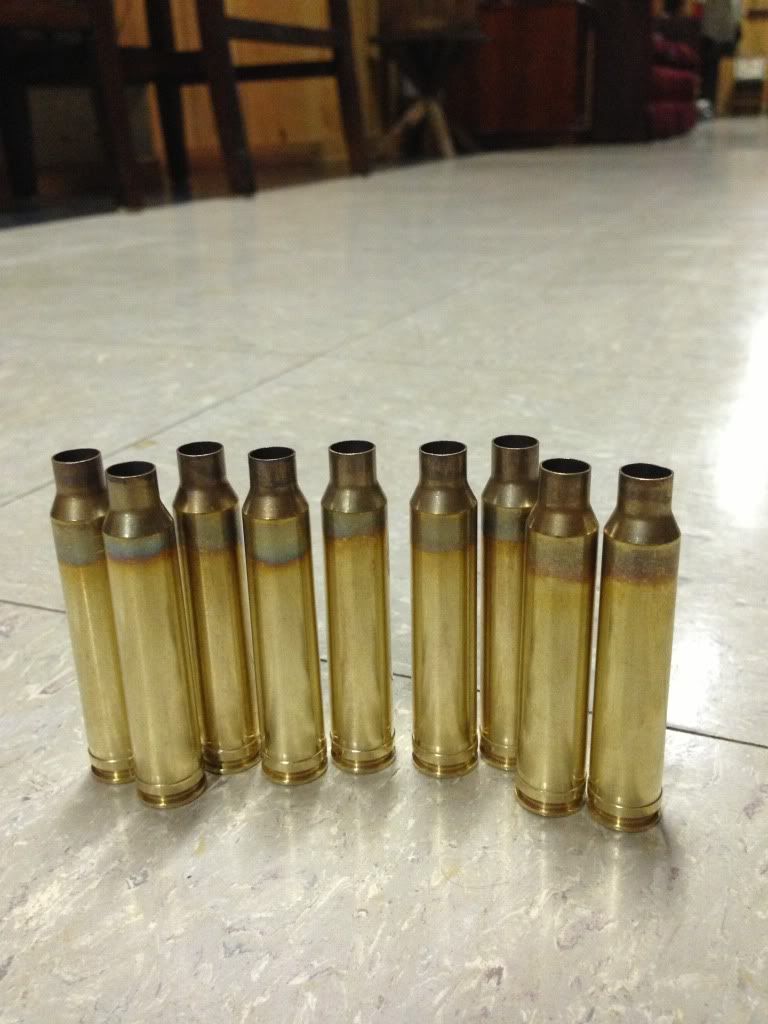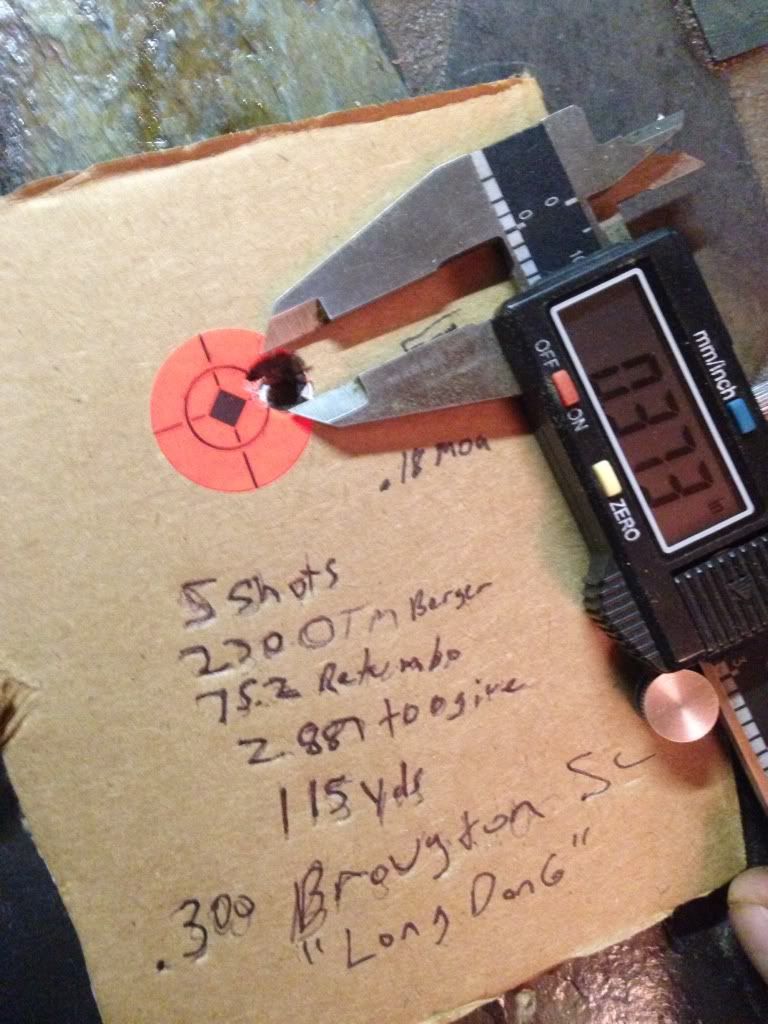---Background---
I hand load my own ammunition, and have been doing so for about twenty five years. Have developed my skill and am considering annealing. I think that this would extend the Safe to fire accurate life of my brass.
I shoot .308Win. almost exclusively having cut my teeth on that round in the Navy and have built two bolt guns in that chambering and have an M1ASuperMatch.
I favor Lake City Arsenal Match brass; basically I have a seabag full of it.
---Considered Goal---
I ?think? that annealing restores the elastic molecular structure of the brass, so that it doesn't work harden. Is my thinking correct here? Can annealing be done incorrectly and make brass unsafe to shoot?
I would like very much to hear both the upsides and downsides of annealing, how often should it be done, and when.
Is extending the life of the brass a realistic proposal? Will annealing have a positive effect on the accuracy of a round?
Anchor'sAweigh/SemperFi
ChiefBull
I hand load my own ammunition, and have been doing so for about twenty five years. Have developed my skill and am considering annealing. I think that this would extend the Safe to fire accurate life of my brass.
I shoot .308Win. almost exclusively having cut my teeth on that round in the Navy and have built two bolt guns in that chambering and have an M1ASuperMatch.
I favor Lake City Arsenal Match brass; basically I have a seabag full of it.
---Considered Goal---
I ?think? that annealing restores the elastic molecular structure of the brass, so that it doesn't work harden. Is my thinking correct here? Can annealing be done incorrectly and make brass unsafe to shoot?
I would like very much to hear both the upsides and downsides of annealing, how often should it be done, and when.
Is extending the life of the brass a realistic proposal? Will annealing have a positive effect on the accuracy of a round?
Anchor'sAweigh/SemperFi
ChiefBull



